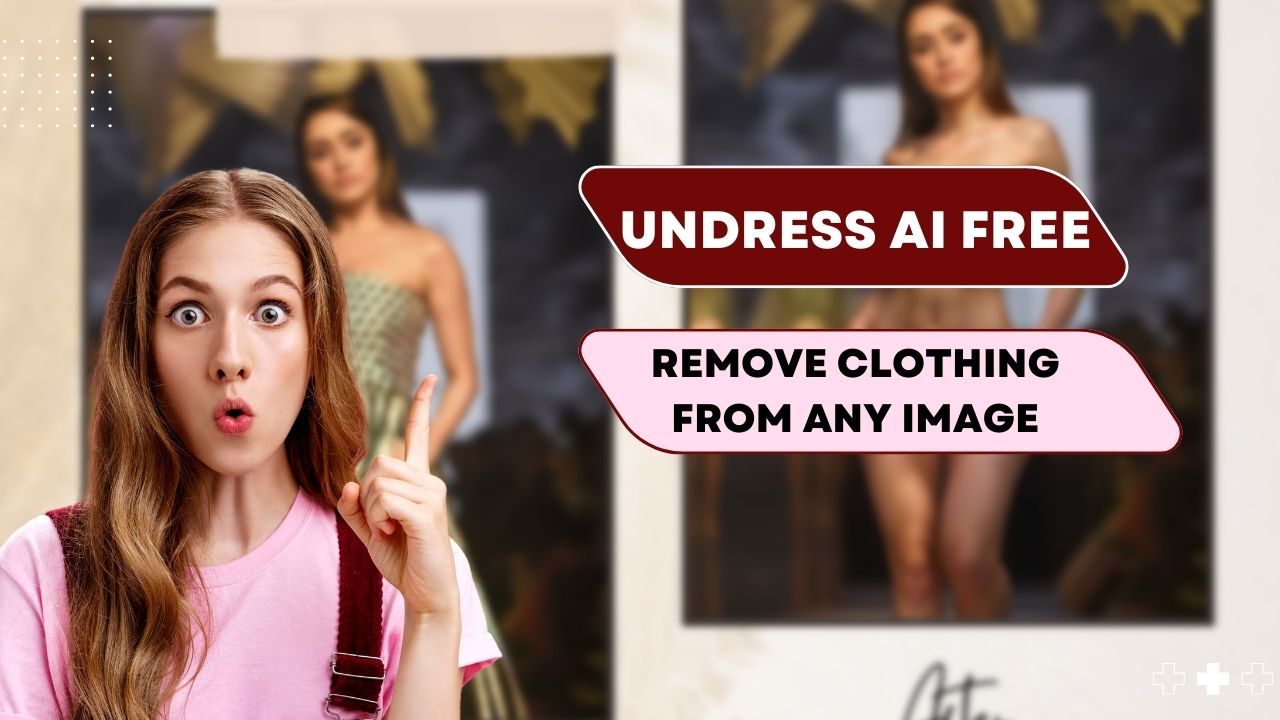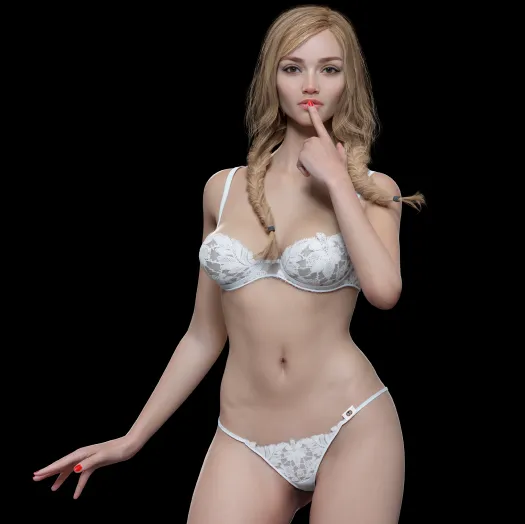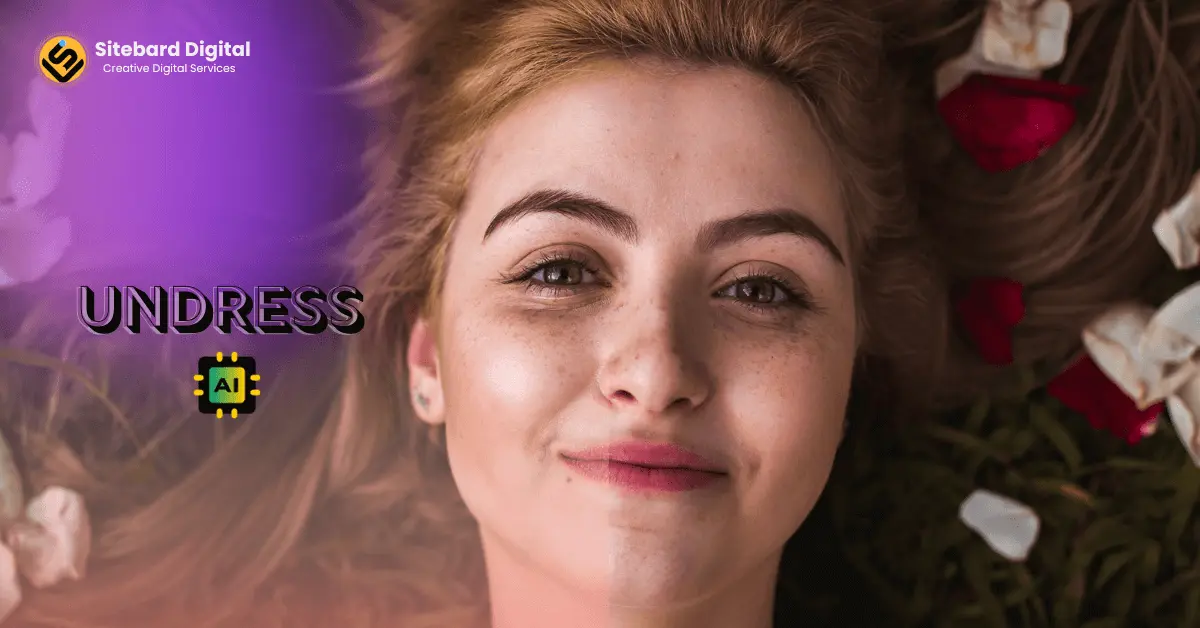AI Clothes Removal: Explore & Understand The Technology
Is it possible to digitally remove clothing from any image with startling realism? The answer, increasingly, is yes, thanks to the rapid advancement of Artificial Intelligence, and the implications are profound and far-reaching. The technology, initially a niche pursuit, has rapidly evolved into a multifaceted field, raising complex ethical questions while simultaneously opening up creative avenues.
The landscape of AI-powered image manipulation is expanding at an unprecedented pace. Several platforms and tools are now available, offering varying degrees of sophistication and ease of use. These tools, often marketed with phrases like "remove clothes from photos," "undress ai," and "ai clothes remover," utilize intricate algorithms to analyze and modify digital images. The underlying technology often employs deep learning models, trained on vast datasets of images to identify and isolate clothing, skin, and other elements. This allows them to convincingly simulate the removal of clothing, even generating realistic textures and lighting to match the original photograph.
Here is a look at some of the leading AI-powered tools in the market today:
| Tool Name | Key Features | Ease of Use | Ethical Considerations | Link |
|---|---|---|---|---|
| ClothOff AI | Character description input, automatic image rendering. | User-friendly, prompt-based. | Potential for misuse, deepfake creation. | (Note: While specific links are not provided in the original prompt, a search for "ClothOff AI" or similar terms would lead to relevant resources.) |
| Undress AI (Various Platforms) | General AI image modification, nudification. | Variable, depends on the platform. | Significant, potential for privacy violations, non-consensual image creation. | (Note: Many platforms may offer "Undress AI" functionalities. Research and proceed with caution.) |
| Muke's Undress AI | Image uploading, "deepnude" generation. | Easy, upload-based. | High, due to the potential for creating explicit content. | (Note: Check their website for more information.) |
| UndressHer | Free undress ai app. | Simple. | High, potential for privacy violations, non-consensual image creation. | (Note: Look for app in app store.) |
| Undress.app | Seamless, innovative undressing AI tools. | Easy to use. | Significant, potential for privacy violations, non-consensual image creation. | (Note: Research and proceed with caution.) |
| Pincel AI | Offers 3 different options. | Simple. | High, potential for privacy violations, non-consensual image creation. | (Note: Pincel AI website.) |
| Unclothy | Detect and remove clothing, generating deepnude images. | Easy to use. | High, potential for privacy violations, non-consensual image creation. | (Note: Unclothy website.) |
| Slazzer 3.0 | Remove clothes from images. | Simple. | High, potential for privacy violations, non-consensual image creation. | (Note: Slazzer 3.0 website.) |
| Undresser AI | Delivers precise and realistic results. | Easy to use. | High, potential for privacy violations, non-consensual image creation. | (Note: Undresser AI website.) |
| ClothOffBot (Telegram Bot) | Deepnude Telegram AI bot. | Easy to use. | High, potential for privacy violations, non-consensual image creation. | (Note: Search in telegram.) |
| OpenArt AI | AI clothes remover as part of generative tools. | Easy to use. | High, potential for privacy violations, non-consensual image creation. | (Note: Openart AI website.) |
The capabilities of these AI tools extend beyond simple clothing removal. Features like "ai clothes changer" and "swap clothes" allow users to alter the appearance of clothing in an image, changing colors, styles, or even swapping entire outfits. This opens up creative possibilities for designers, artists, and hobbyists alike. Tools like "Try our free ai clothes remover, you can easily change the color of a model's clothing while keeping the same stylish look, adding a fun twist to your images!" allow for quick experimentation and visual exploration. Imagine the potential for fashion designers to visualize garments on various body types or create mood boards with ease. The ability to "transform portraits by undressing and seamlessly swapping outfits to suit your fashion designs or creative projects" offers a powerful tool for visual storytelling and design.
The process often involves several stages. First, the AI identifies the clothing and separates it from the underlying body. Then, the algorithms fill in the gaps, attempting to realistically replicate the skin, muscle structure, and body shape beneath the clothing. Advanced versions of these tools use sophisticated techniques to match the lighting, shading, and overall artistic style of the original image. This is where the term "deepnude" comes into play, representing images that appear to be nude but are, in fact, digitally created.
The application of this technology is broad. "Designers can visualize how garments fit and drape on different body types without physical prototypes." Artists and creatives can use these tools "to explore new dimensions in digital art, pushing the boundaries of creativity and realism." The ability to quickly and easily modify images has led to a surge in "undress ai image editing," with users exploring their creativity by removing clothing from images. However, this creative exploration is accompanied by significant ethical and legal considerations.
The ethical implications of this technology are paramount. The potential for misuse is substantial, ranging from the creation of non-consensual explicit images to the spread of misinformation. "Undress vip claims to offer a free ai service that can undress people in photos." However, the reality is more complex. The ease with which these tools can be used makes it a potential weapon for harassment, revenge, and the violation of privacy. The creation of "deepfakes" realistic but fabricated images raises serious concerns about the manipulation of public figures, the spread of false information, and the erosion of trust in digital media. The availability of tools such as "muke ai undress" and "clothoffbot" further highlights the issue of accessibility.
Consider the potential for harm. "Using muke ai undress upload a photo to remove clothes, you can make anyone deepnude." This ability can be used to target individuals, creating and distributing images without their consent, leading to emotional distress, reputational damage, and even legal consequences. The fact that some of these tools are "free undress ai apps" makes them easily accessible to anyone, regardless of their intentions.
Furthermore, the legal landscape surrounding these technologies is still evolving. Laws concerning privacy, image manipulation, and the distribution of explicit content vary across jurisdictions. The use of "deepfake ai tools" and other AI-powered image manipulation tools raises questions about copyright, intellectual property, and the right to privacy. "However, ethical concerns arise regarding the potential misuse of such technology and the invasion of privacy." The absence of clear regulations makes the situation even more complex.
The technical aspects are also worth noting. The accuracy and realism of the generated images vary greatly depending on the tool, the quality of the original image, and the complexity of the algorithm. "Advanced algorithms ensure the generated nude images from undress ai match the originals lighting, shading, and artistic style, maintaining authenticity." However, even the most sophisticated tools are not perfect. Artifacts, distortions, and inconsistencies can often be detected by a trained eye, and some images may still appear artificial or unrealistic. The evolution of "AI clothes remover websites" reflects this technical evolution, with each iteration striving for better results.
Despite the ethical and legal challenges, the creative potential of AI-powered image manipulation cannot be ignored. The tools are being used by artists to explore new forms of expression, by designers to visualize their creations, and by researchers to study human anatomy and fashion trends. "Artistic exploration artists and creatives can use undress ai to explore new dimensions in digital art, pushing the boundaries of creativity and realism." "Ai clothes remover can be used for various creative and professional purposes."
The future of AI-powered image manipulation is uncertain. The technology will continue to advance, becoming more sophisticated and accessible. The ethical and legal frameworks that govern its use will also evolve, hopefully providing a balance between creative freedom and the protection of individual rights. "Experience the fun and excitement of ai to nudify photos like never before!" "Discover undressher, the ultimate free undress ai app." The ongoing debate will likely center on the responsible development and deployment of these powerful technologies, ensuring that they are used ethically and with respect for the rights of all individuals.
Ultimately, the ability to "undress photos with our free generator nudify online" forces a critical examination of our digital world. We must consider not just the potential of the technology, but also its impact on privacy, consent, and the very nature of truth in the digital age. The choices we make now will shape the future of this technology and its place in our society.


